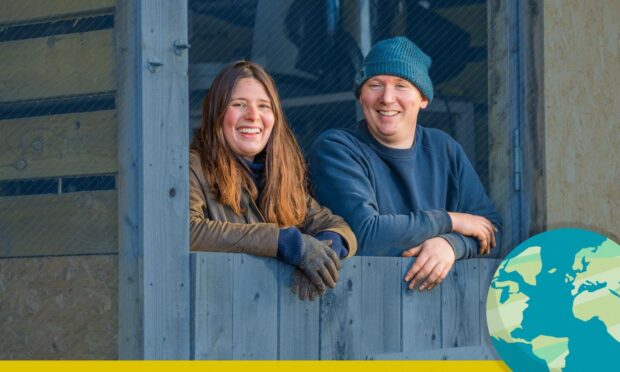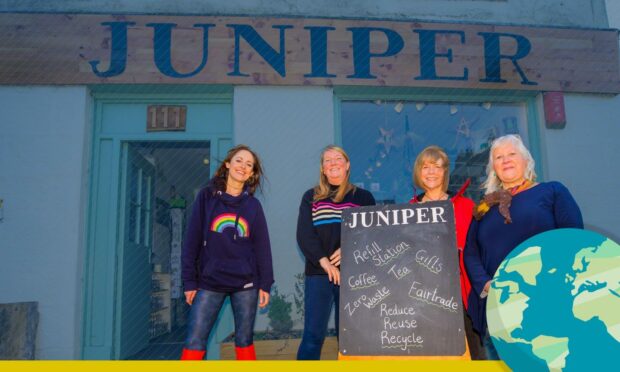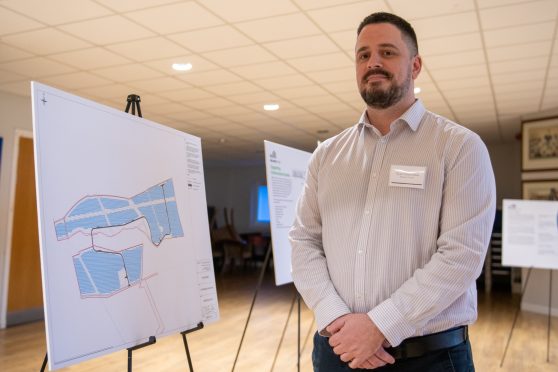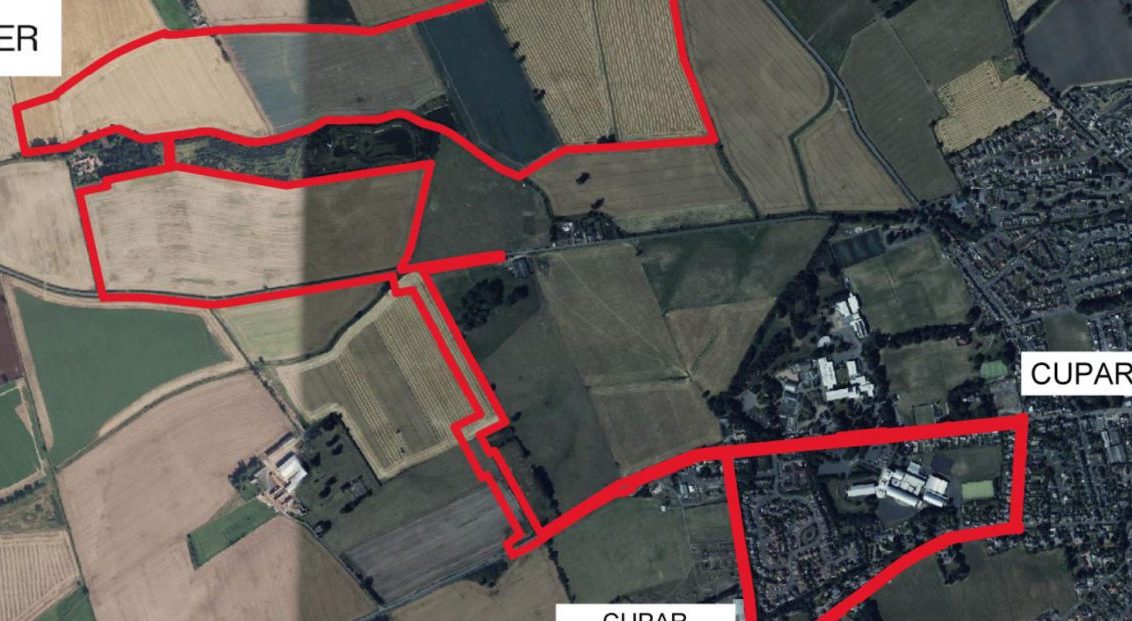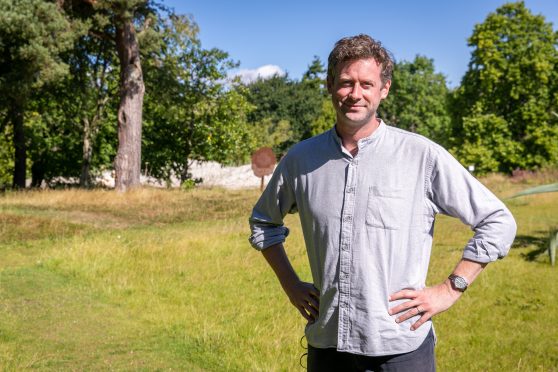Fancy roofing your home with a bit of fresh turf?
How about a bit of sheep’s wool in the loft to keep you cosy on those cold winter’s nights?
Both are examples of the sustainable building materials that are increasingly used to keep down the carbon impact of a new build.
And it’s not just the eye-watering increases in gas and electricity prices that are driving people towards sustainable living.
It’s a genuine belief that designs based on a better balance with nature are good for the soul and essential for the planet.
How can buildings promote sustainable living?
Architect Tom Morton picks up the story.
“When I was a young architect, 20 years ago, that was a niche thing that we specialised in, but now it’s become an increasingly mainstream part of the profession.
“And I think our job is to stay at the leading edge of that, introducing new ideas and mainstreaming what were once prototypes.”
His company Arc architects has been based in Cupar, in north east Fife, for the last 25 years.
Take a look at some of the exciting buildings and designs he and his company have produced in the above video.
However, he has had to fight for his principles in the past.
In 2014, Tom watched councillors reject his futuristic plans for a new visitor centre at West Sands beach in St Andrews.
The eye-catching Fife Coast and Countryside Trust building would have had a 32ft double bowl-shaped centre designed to look like overlapping waves or dunes.
But it is not all high-end, high value design.
The company has also produced designs for low-cost eco-homes for rural parts of Scotland.
And his character-filled park shelters – as seen in Letham park, also in Fife – combine fun design with sustainable materials.
He is also involved in cutting edge research to develop new building materials.
That includes work in France to use hemp and clay in wall building among other projects.




